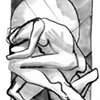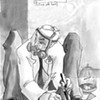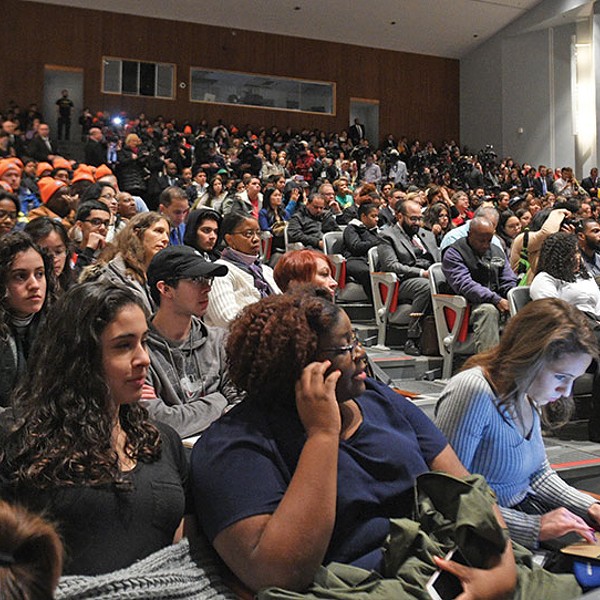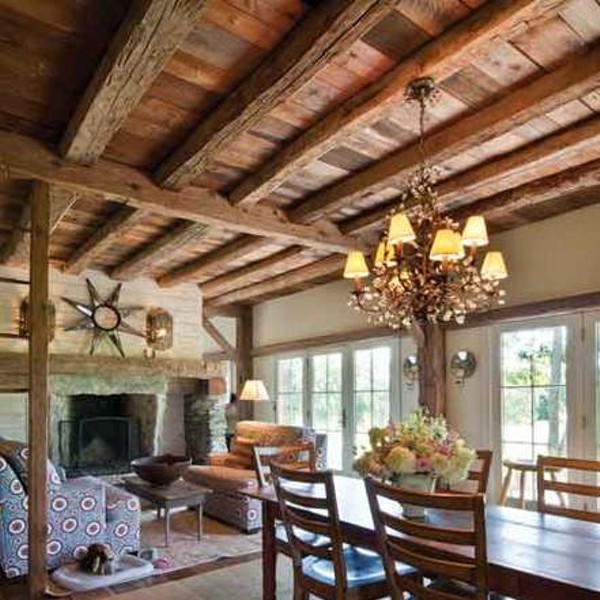The health dangers of pcbs and their chemical cousins include immune system breakdown, hormonal dysfunctions, genetic damage, cancer (as a result of the first three issues) and acceleration of existing cancer, birth defects, endometriosis, and many other problems. They are passed down seven generations from the person who originally contacts them. How potent are they? When pcbs burn, they create other chemicals called dioxins. Dioxins and pcbs are measured as small as parts-per-trillion and trillionths of a gram. A gram is about the weight of a paper clip. Divide that by a thousand. Then divide that by a thousand. You then have a millionth of a gram (microgram). Divide that by a thousand, and divide one of those bits by a thousand, and you’ve got yourself a trillionth of a gram (picogram).
A few picograms are now (by some of the more honest scientists) considered a concern. Hence, the moon suits, the respirators, the waste drums, and the stunning price tag. The problem is that you can’t ever get pcbs and dioxins out of a place once they’re there—particularly if you don’t look for them in the first place, or clean properly when you find them.
The college wasted no time going into denial mode about the dangers. But the real smokescreen was put up by the Ulster County Health Department and the New York State Health Department, which shared oversight of the disaster site known as suny New Paltz. It should not be surprising that denial mode works so well. Most people just want to be told it’s safe, and the more bold among us want to see a piece of paper saying it’s safe. The problem is that any level of exposure has an effect, and according to the cleanup plan and the test results, chemicals were left behind in all buildings—but at the allegedly “safe” level. In the 12 years since the disaster, it’s now known that ever less exposure is ever more dangerous.
I have space for the story of the Bliss Hall heat system, one of about 10 in its genre (the Gage Hall vents, the Scudder electrical conduits, and others are just as interesting). In January 1992, as various agencies were deciding what to do with four very similar dorms that had been flooded with pcb smoke, they waffled around a bit; Gage Hall, for example, was going to be closed for a major cleanup until approxamitely the last week, when officials decided to open the place up anyway. Those 370 beds were tempting, and finding off-campus housing would have been very difficult and expensive. But Bliss Hall presented a more obvious problem; the physical damage was worse, the dioxin levels being considerably higher. But they are all the same basic age, design, and construction.
A few months into the Bliss cleanup, engineers became curious about how the smoke moved through Bliss (this was a rare eruption of authentic curiosity about the project). So they lit a big smoke bomb in the transformer vault and watched what happened. What happened was that smoke started coming out in student rooms through the radiators. It did not get into the steam pipes but rather followed the pipes through what are called conduits—little holes in the wall through which the building’s services are run.
Cleanup contractors then tested the radiators in student rooms and got several pcb hits. So what did they do? They scrubbed off the radiators. And that’s it. Problem one is that the smoke followed the heating pipes and (we can presume) contaminated everything along the way and elsewhere. But no tests were taken and the pipes were never cleaned or removed. Problem two is that you can’t just wash away dioxin (often, Tide detergent was used). Problem three is that Capen, Gage, and Scudder halls were already open by the time the implications of the smoke test were understood. Smoke flooded those buildings too, but once it was documented that the heat conduits had been a path of contamination spread in Bliss, it was “too late” because those other buildings were already occupied.























